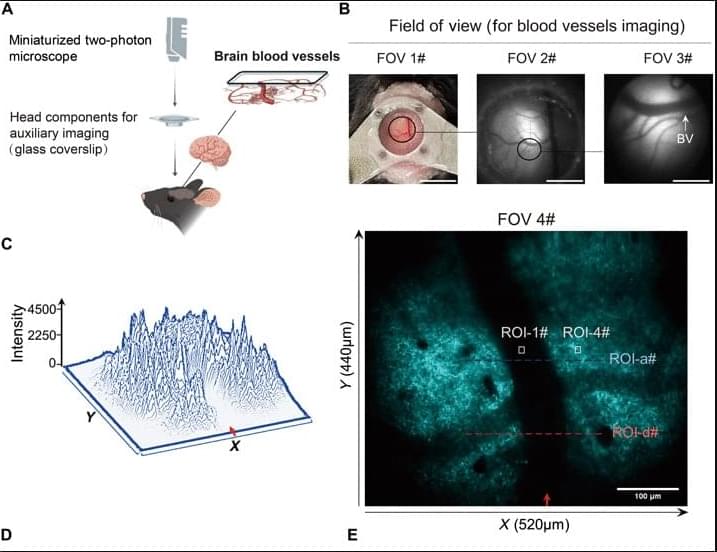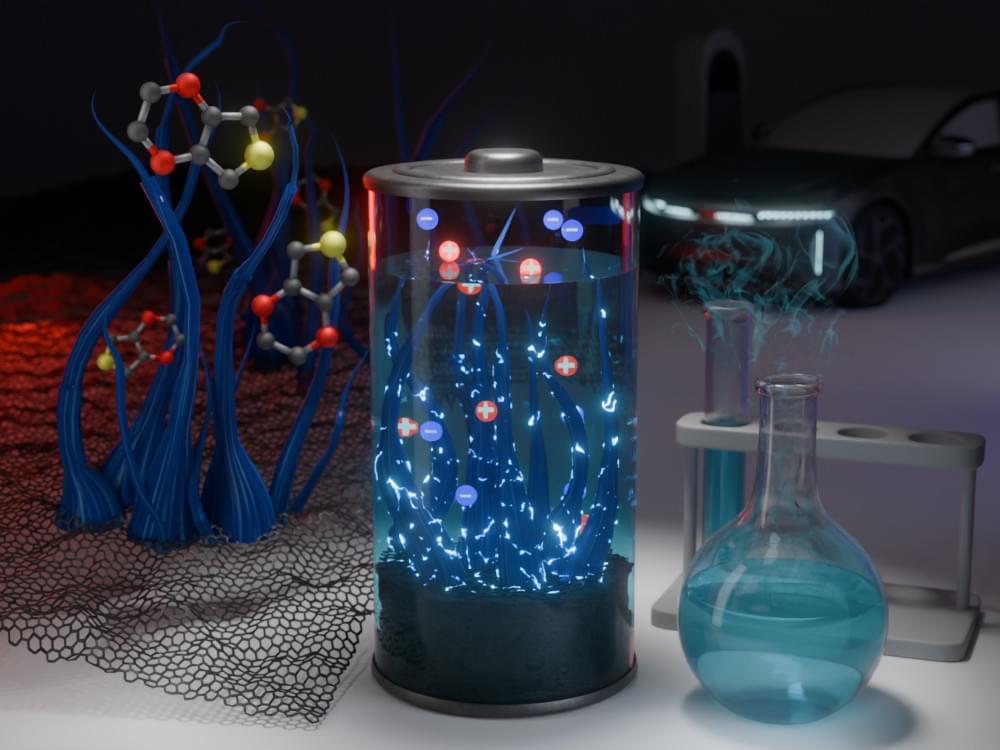New Science Advances research in mice reveals that immune cells in the brain engulf microplastics, forming clusters that can cause cerebral clots.



Scientists from the Max Planck Institute for the Structure and Dynamics of Matter (MPSD) and MIT
MIT is an acronym for the Massachusetts Institute of Technology. It is a prestigious private research university in Cambridge, Massachusetts that was founded in 1861. It is organized into five Schools: architecture and planning; engineering; humanities, arts, and social sciences; management; and science. MIT’s impact includes many scientific breakthroughs and technological advances. Their stated goal is to make a better world through education, research, and innovation.

The Einstein Probe is revolutionizing our view of the distant X-ray universe, offering an unprecedented look at some of the most powerful explosions in space.
Just under three months after its launch, the spacecraft has already made a groundbreaking discovery — an enigmatic burst of X-rays that could challenge what we thought we knew about gamma-ray bursts. This unexpected find hints at the possibility of reshaping our understanding of these extraordinary cosmic events and unlocking new secrets of the universe.
Unveiling a Cosmic Phenomenon.





Researchers at the Large Hadron Collider tested whether top quarks, the most massive known elementary particles, comply with Einstein’s theory of relativity.
Despite theories suggesting potential deviations at high energies, the experiments confirmed that Lorentz symmetry remains intact, offering no evidence of variation in particle behavior due to the experiment’s orientation or the time of day.
Lorentz Symmetry and Relativity.

However, until now, “measuring this qubit’s spin was like trying to pick up a very, very weak light signal, like trying to squint at some dim light to determine whether the qubit was spin-up or spin-down,” Eric Rosenthal, a postdoctoral scholar at Stanford University, said.
This is where a new study from Rosenthal and his team can make a big difference. They have figured out a way to measure the spin of tin-based qubits with 87 percent accuracy, enhancing the strength of signals from these qubits to a great extent.
A tin vacancy qubit is formed when two carbon atoms in a diamond are replaced by a single tin atom. This tin center has exceptional optical properties as it emits photons in the telecom wavelength range, which is highly suitable for quantum communication applications.

Spacecraft powered by electric propulsion could soon be better protected against their own exhaust, thanks to new supercomputer simulations.
Electric propulsion is a more efficient alternative to traditional chemical rockets, and it’s being increasingly used on space missions, starting off with prototypes on NASA’s Deep Space 1 and the European Space Agency’s SMART-1 in 1998 and 2003, respectively, and subsequently finding use on flagship science missions such as NASA’s Dawn and Psyche missions to the asteroid belt. There are even plans to use electric propulsion on NASA’s Lunar Gateway space station.